
Lunar Construction and In-Situ Resource Utilisation Group
We aim to support NASA and ESA’s space exploration roadmap by developing extraterrestrial construction and resource extraction technologies.
Our first objective is to focus on the Moon to help humanity enable the Moon as a stepping stone to Mars and beyond the solar system.
Our mission
Our mission is to usher in a new era of space exploration and significantly contribute to our future by providing a foundation of one of humanity’s oldest dreams: Space exploration, a common interest across nations.
We will address significant challenges of construction processes and materials in extra-terrestrial environments and develop an appropriate additive manufacturing-based robotic construction process and resource extraction such as oxygen, water and metallic elements from the Moon soil to support NASA and ESA’s long-term space exploration and settlement on other planetary bodies.
Research lead
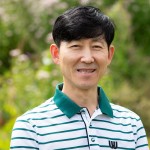
Dr Sungwoo Lim
Senior Lecturer in Space Applications, Exploration and Instrumentation
Research areas
Understanding the microwave heating behaviour of lunar regolith/simulants
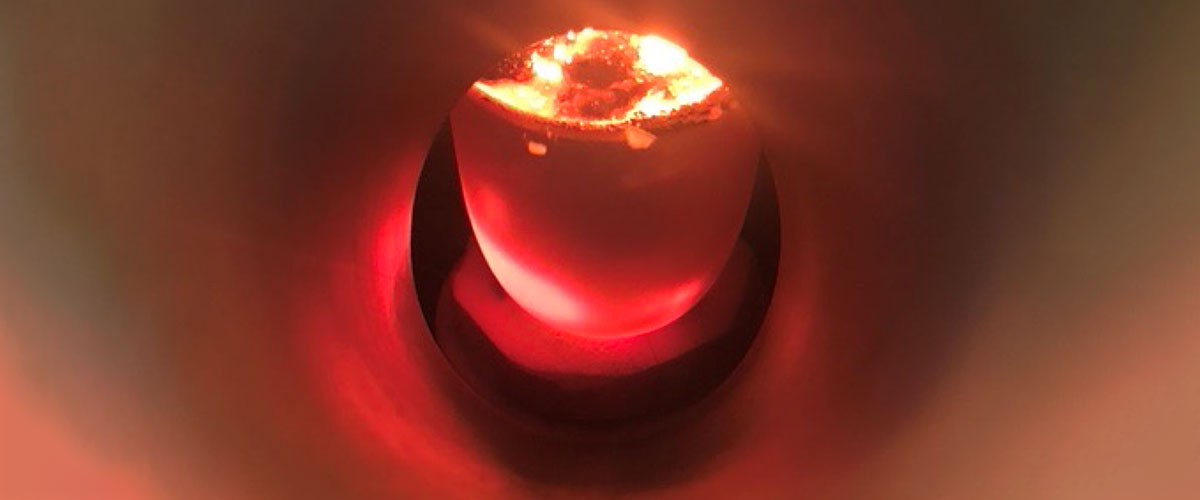
Microwave heating, which has volumetric heating intrinsic to the process, is considered a more viable method for lunar construction than solar, laser and electric current-assisted sintering.
We investigate the microwave heating behaviour of lunar soil under various conditions based on our research findings, mainly focusing on the following points:
- Investigating optimal settings of microwave heating for specific lunar regolith and simulants
- Improving the numerical model of the microwave heating behaviour of lunar soil, e.g., re-define the dielectric properties as a function of temperature
- Measuring the mechanical properties of the microwaved samples under vacuum conditions to optimise the microwave heating performance of lunar soil.
Estimating the optimal thickness of the protection cover for the lunar habitat
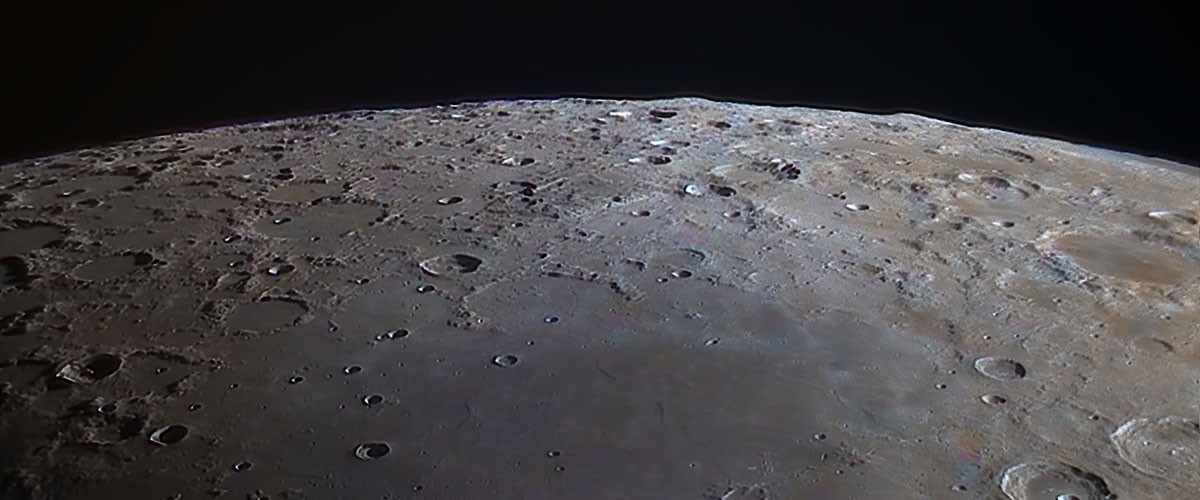
Due to the direct exposure of the Moon to background galactic cosmic rays and occasional solar energetic particles along with the secondary albedo radiation generated by these primary particles in the lunar regolith, careful estimation of the shielding thickness and consideration of the secondary albedo radiation in the design of lunar habitats/ infrastructure are vital.
Only now, however, there is clear guidance for estimating the optimal density and thickness of the protection cover. Developing a numerical model of the space radiation impact on a protection cover is highly timely and crucial to plan the lunar construction operation regarding the required resources, fabrication time and energy.
Development of a microwave heating demonstrator payload
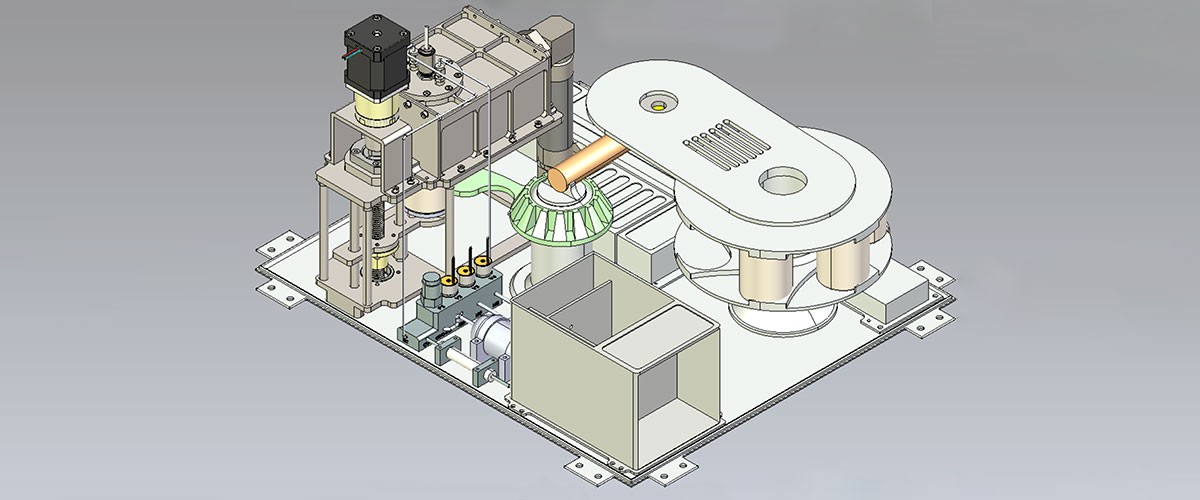
Experiments of the microwave heating behaviour of lunar simulants using a bespoke microwave heating device revealed many exciting phenomena on the microstructure of the heated (sintered/melted) lunar simulants.
However, there are a few crucial factors that cannot be addressed through the experiments on Earth conditions, e.g., the abrasiveness, dryness, irregular angular particle shapes, the contribution from the electrostatic effect and nano-phase iron on the surface of lunar soil particles created through extreme space weathering due to being continuously bombarded by the solar wind plasma.
Thus, we are currently developing a microwave heating demonstrator payload (currently TRL 3~4), which can implement my experiments on the lunar surface, with three partners (The Open University, Added Value Solutions UK Ltd., VIPER RF) and support from UKSA and ESA.
Development of a microwave heating-based 3D printing platform
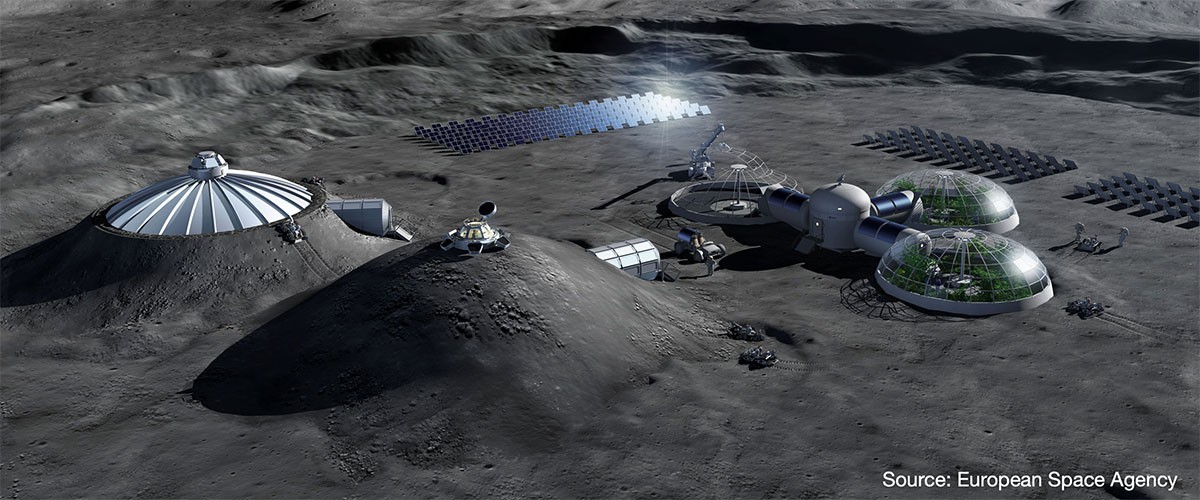
Our final goal is to develop a practical fabrication method for a lunar construction process. Thus, we have initiated the Microwave heating-based 3D Printing (Mi3DP) platform concept that demonstrates the capability of the microwave heating-based 3D printing technique on the lunar surface.
Most of the microwave heating demonstrator payload subsystems will be utilised to establish a baseline of the platform. We also aim to be selected as one of the technology demonstration payloads for the ESA Large Logistic Lander (EL3) missions.
Collaborations
Our group strongly associates with The Open University, Added Value Solutions UK Ltd., VIPER RF and ESA’s European Astronaut Centre (EAC).
Our works are mainly supported by the UK Space Agency (UKSA) and the European Space Agency (ESA).
Research projects
Postgraduate research students

Caroline O'Connell
Postgraduate Research Student

Jayden Ting
Postgraduate Research Student in Lunar Construction and In Space Research Utilisation